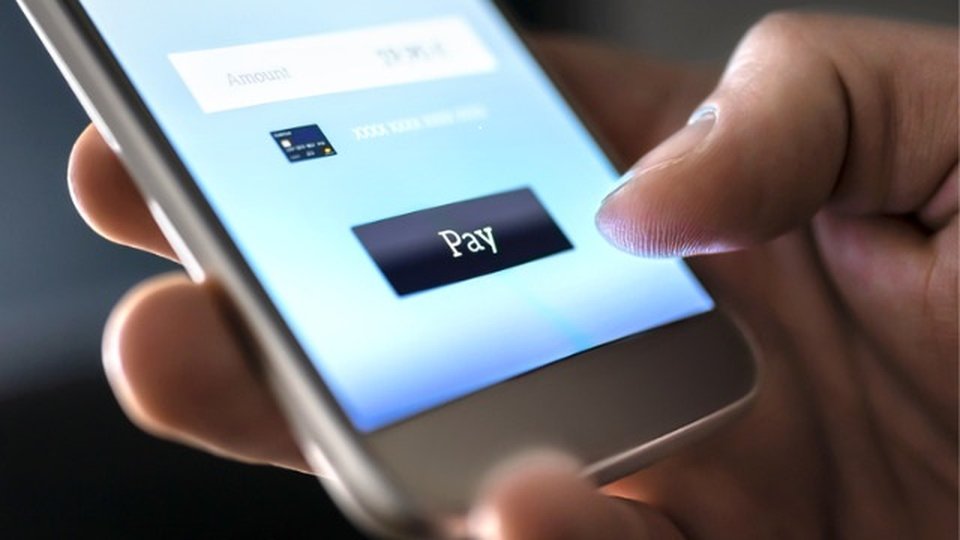E-commerce
Payments in retail: The importance of creating integrated solutions amid COVID-19
Rich Aberman, co-founder and chief product officer, Integrated Banking at WePay, maps out the many innovative payment options and systems retailers can tap and why those retailers that adapt to tech trends will be the natural option for customers.

July 17, 2020
COVID-19 has forced businesses everywhere to drastically shift strategies, which, for many, has meant taking a more digitally-focused approach.
Retail has been one of the hardest-hit industries affected by the pandemic; however, this industry has been primed to pivot. With the proliferation of various payment options and systems including cash, card, contactless, and mobile banking, the industry is overflowing with options.
The pandemic has forced traditional brick-and-mortar stores that had plans to gradually deploy online sales to expedite that transition or risk permanent closure. Now, retailers need to figure out how to process payments faster and more securely, all while maintaining an engaging and positive customer experience.
As we settle into the new remote world, retailers will be looking for ways to create a more seamless omnichannel experience for the end-user, and a major cornerstone of this industry-wide change is integrating the right payment processing system.
How we got here: The retail apocalypse
While the current crisis has brought the impending retail apocalypse to light, the industry has been struggling for more than a decade. The recession in 2008 set the scene for major retail change and even though businesses in other industries were getting back on their feet around 2010, retailers weren't so fortunate.
In 2019, nearly 10,000 stores closed, and the move toward online sales was already growing dramatically. When COVID-19 hit, the opportunity for online sales was greatly heightened. As of mid-April 2020, U.S. retailers' online revenue growth has increased by 68%. As the lift on pandemic restrictions continues to be increasingly unclear, companies who prioritize the ease of the online shopping experience will be the ones who stand out amongst competitors. This is especially important because having an omnichannel solution is integral in providing shoppers with what they want, in addition to when and where they want it. Further, many businesses will be looking for innovative ways to take a more holistic approach with integrated payments especially in prioritizing the health and safety of consumers.
How integrated payments shape the omnichannel experience
Historically, retailers have accepted cash and credit/debit card payments only. However, with COVID-19 upending everything about what is "standard," retailers have had to think about other methods of payments that work with their own platform and customers alike. Even in 2018, it was reported that nearly 50% of customers will choose to cancel an order if their preferred option is unavailable for payment. It's clear that if retailers choose to put payments options on the back burner, the brand will suffer. The pandemic also poses challenges for safety when it comes to payments, highlighting the desire for more digital payments such as mobile wallets and contactless solutions. This can best be illustrated by companies like Mastercard who are pushing merchants to stop requiring signatures at checkout, eliminating the need for consumers to touch shared surfaces.
The omnichannel retail strategy has been integral in improving customer experience and maintaining brand recognition. But a true omnichannel experience is only possible with integrated payments, especially as more retailers are transitioning online. We believe that payments and banking services should be seamlessly built into the software that businesses use every day. Integrated payment solutions allow businesses to integrate various business applications like accounting, fulfillment, and customer relationship management (CRM) with payments processing. Ultimately, integrated payments help businesses save time and money while reducing errors. As payment processing is typically on the backend for businesses, a seamless experience allows for increased opportunity to cater to the customer and provide more personalized experiences.
So, while the need for integrated payment solutions has been a long time coming, the health and safety issues exacerbated by COVID-19 has only added to the reasons why retailers need varied options to meet consumers' needs.
How companies are adapting, even with retail hitting an all-time low
E-commerce and retail companies are adjusting their business strategies accordingly to compete in this new normal. For instance, Shopify has created an omnichannel approach by expanding its traditional commerce platform to seamlessly integrate financial services and deliver a great customer experience. Another example, BigCommerce, a SaaS e-commerce platform, recently partnered with FedEx to provide customers with access to the FedEx portfolio where SMBs using BigCommerce can receive premium delivery services for consumers with discounts between 40-50%. Where Amazon used to be the most viable option for both SMBs and consumers, FedEx and BigCommerce may be on their way to attract more customers as they are prioritizing customer needs. By adapting to an omnichannel approach, retailers can create an improved customer experience and can see increased success that mutually-beneficial partnerships can provide to the end consumer.
Retail has been nearing an "apocalypse" for close to a decade, but COVID-19 accelerated the evolution of the industry. While physical retail stores might not be going away forever, the pandemic has exhibited the need for solutions that work for customers especially when it comes to payment data safety. As additional payment options such as contactless and mobile wallets are ideal options for consumers, the retailers that prioritize what customers desire will be the ones that stand out among the competition. It's hard to predict what will happen in the next few months or years to come, but it's clear that retail is going to be drastically different. Those that adapt to tech trends will be the natural option for customers, otherwise, they risk losing market share.
Rich Aberman is co-founder and chief product officer, Integrated Banking, WePay.





